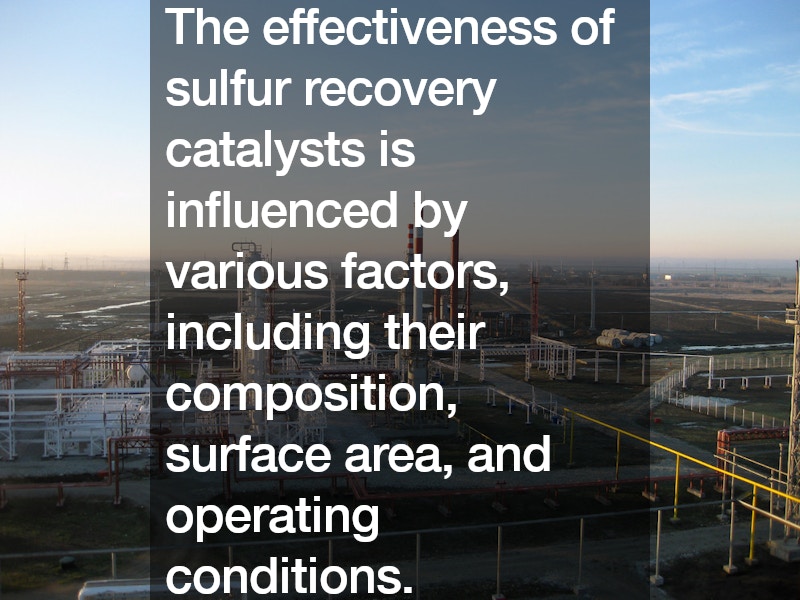Sulfur recovery is a crucial process in the oil and gas industry, aimed at removing sulfur compounds from refinery and natural gas streams to meet environmental regulations and prevent acid rain. One of the key methods employed in this process is the use of sulfur recovery catalysts. These catalysts play a vital role in the Claus process, which is the primary technique for sulfur recovery.
The Claus process involves converting hydrogen sulfide (H2S) into elemental sulfur through a series of chemical reactions facilitated by the catalysts. These catalysts enhance the efficiency and yield of the sulfur recovery process, making it more cost-effective and environmentally friendly.
The effectiveness of sulfur recovery catalysts is influenced by various factors, including their composition, surface area, and operating conditions. Modern catalysts are designed to operate at lower temperatures and higher efficiencies, reducing energy consumption and operational costs. Additionally, advancements in catalyst technology have led to the development of more robust and durable catalysts that can withstand harsh operating environments, thereby extending their lifespan and reducing the frequency of catalyst replacement.
In summary, sulfur recovery catalysts are essential components in the sulfur recovery process, significantly improving the efficiency and sustainability of sulfur removal from industrial gas streams. Their continued development and optimization are critical for meeting stringent environmental standards and promoting cleaner industrial practices.
.


